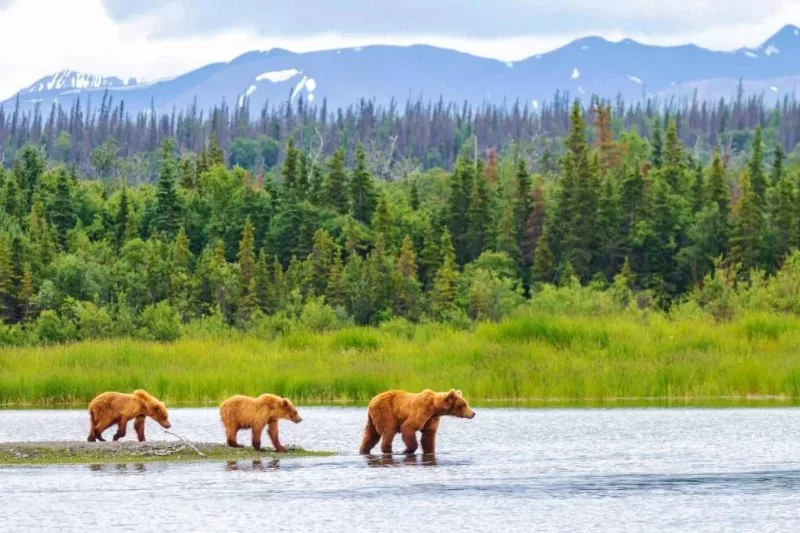
- denali-national-park-alaskas-iconic-wildlife-haven
- katmai-national-park-where-bears-meet-salmon
- kenai-fjords-glaciers-and-marine-wildlife-wonders
- tongass-national-forest-quiet-encounters-in-americas-largest-forest
- kodiak-island-brown-bears-and-remote-beauty
- chilkat-bald-eagle-preserve-a-riverbank-filled-with-flight
- arctic-national-wildlife-refuge-wilderness-on-another-level
- anchorage-and-surroundings-urban-access-to-alaskan-wildlife
- lake-clark-national-park-untouched-scenery-rich-in-fauna
- prince-william-sound-whales-otters-and-icebergs
- how-travel-clans-helps-you-explore-alaskas-wild-side
1. Denali National Park: Alaska’s Iconic Wildlife Haven
Home to the tallest peak in North America, Denali is also one of the best wildlife watching spots in Alaska. The park's six million acres provide habitat for grizzlies, moose, wolves, Dall sheep, and caribou — the "Denali Big Five." Many visitors report seeing all five during a single day on the park road. With strict limits on private vehicles, shuttle buses are the best way to access prime viewing zones like the Toklat River area.
2. Katmai National Park: Where Bears Meet Salmon
If watching massive brown bears snatch salmon mid-air sounds thrilling, head to Brooks Falls in Katmai. Each summer, dozens of bears gather here during the sockeye salmon run. It’s a rare, raw, and mesmerizing experience that feels straight out of a nature documentary. The raised viewing platforms allow you to observe safely and up close.
In 2021, Katmai’s “Fat Bear Week” went viral, drawing global attention to these charismatic giants. The competition now plays a unique role in conservation awareness — and it's a delightful event to plan your visit around.
3. Kenai Fjords: Glaciers and Marine Wildlife Wonders
Located near Seward, Kenai Fjords offers one of Alaska’s richest marine ecosystems. Wildlife cruises here often feature pods of orcas and humpbacks, sea lions lounging on icebergs, puffins darting along cliffs, and even mountain goats scaling steep rock faces. Glacier Bay and Resurrection Bay are particularly good areas for sightings.
This region blends cinematic scenery with close encounters, making it perfect for families and wildlife photographers alike.
4. Tongass National Forest: Quiet Encounters in America’s Largest Forest
Covering most of Southeast Alaska, Tongass is the largest national forest in the U.S., and it's teeming with life. Here you might spot black bears fishing in streams, Sitka black-tailed deer emerging from misty groves, or eagles perched atop moss-draped spruce trees. Unlike some national parks, Tongass invites slow, soulful exploration — perfect for wildlife watchers who appreciate solitude.
5. Kodiak Island: Brown Bears and Remote Beauty
Kodiak Island is famous for its enormous subspecies of brown bear — the Kodiak bear. Visits typically require a short flight from Anchorage and often include guided bear viewing tours. The island’s rugged landscape and salmon-rich streams make it a haven for wildlife, from sea otters and foxes to bald eagles and seals.
Staying in local lodges offers not just great wildlife access but also a chance to learn about Alutiiq Native culture.
6. Chilkat Bald Eagle Preserve: A Riverbank Filled with Flight
Just outside Haines, the Chilkat River hosts one of the world’s largest gatherings of bald eagles each fall. Drawn by a late salmon run, over 3,000 eagles flock here between October and December. It’s a spectacle of wings and talons — and one of the most easily accessible eagle hotspots in North America.
Photographers from around the world arrive with long lenses and warm gloves to capture the drama, often framing eagles mid-swoop against a snowy mountain backdrop.
7. Arctic National Wildlife Refuge: Wilderness on Another Level
Few places embody untouched wilderness like the Arctic National Wildlife Refuge (ANWR). Located in Alaska's northeast corner, it's home to polar bears, musk oxen, Arctic foxes, and vast herds of caribou. Due to its remoteness, access is limited to small aircraft and guided expeditions — but for the intrepid, it offers unmatched isolation and biodiversity.
This region also carries deep cultural significance for the Gwich’in people, who depend on the Porcupine caribou herd as a way of life.
8. Anchorage and Surroundings: Urban Access to Alaskan Wildlife
You don’t need to head deep into the wild to see wildlife in Alaska. Anchorage provides surprisingly easy access to moose, bald eagles, and even beluga whales along Turnagain Arm. Hike the Tony Knowles Coastal Trail and you might spot a bear ambling through the forest — all just minutes from downtown coffee shops.
The nearby Alaska Wildlife Conservation Center also provides guaranteed viewing of rescued native animals in naturalistic settings.
9. Lake Clark National Park: Untouched Scenery Rich in Fauna
Lake Clark sees fewer visitors than Denali but offers equally stunning wildlife experiences. The park features bear viewing along the coast, nesting bald eagles, wolves, and salmon-choked rivers. Most visitors fly in from Anchorage to remote lodges or campsites, adding to the sense of raw adventure.
Its remoteness makes each sighting feel earned — and unforgettable.
10. Prince William Sound: Whales, Otters, and Icebergs
This coastal haven near Valdez and Whittier offers incredible access to sea life. Humpback whales breach the water, sea otters float in kelp beds, and harbor seals sun themselves on ice chunks calved from Columbia Glacier. With its mirror-like waters and dramatic scenery, Prince William Sound is ideal for kayaking-based wildlife encounters.
11. How Travel Clans Helps You Explore Alaska’s Wild Side
Whether you're dreaming of seeing grizzlies in Denali or humpbacks in Prince William Sound, Travel Clans is your trusted partner for unforgettable wildlife journeys. We help you plan smart — from picking the right season and gear to booking guided tours that prioritize conservation and safety.
Our curated travel packages, expert local partners, and insider tips ensure your Alaskan adventure is both awe-inspiring and well-prepared. Let Travel Clans help you meet the wild — respectfully, responsibly, and in its most majestic form.

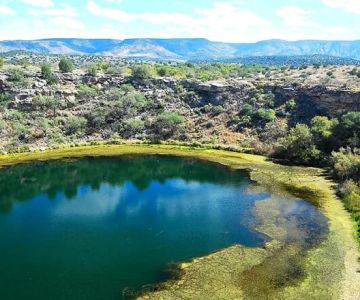
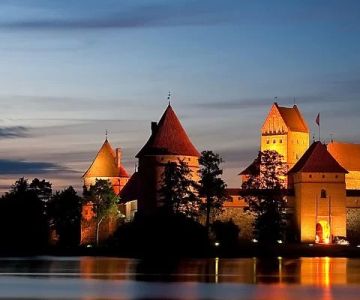
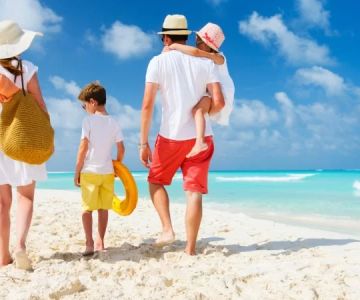
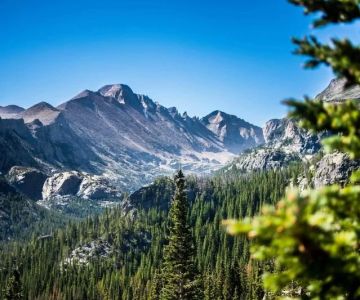
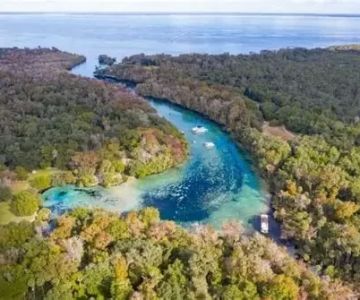

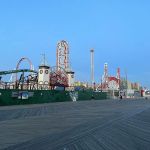 Coney Island Boardwalk Garden4.0 (75 reviews)
Coney Island Boardwalk Garden4.0 (75 reviews) The William Hotel Midtown, Sonder4.0 (555 reviews)
The William Hotel Midtown, Sonder4.0 (555 reviews)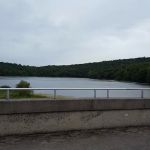 Shepard Lake Recreation Area0.0 (0 reviews)
Shepard Lake Recreation Area0.0 (0 reviews) Stairway To Heaven4.0 (185 reviews)
Stairway To Heaven4.0 (185 reviews)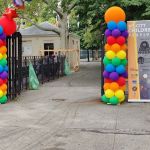 Howard Bennett Playground4.0 (152 reviews)
Howard Bennett Playground4.0 (152 reviews) Isle of Meadows4.0 (10 reviews)
Isle of Meadows4.0 (10 reviews)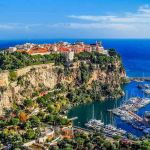 Top Group Travel Destinations in Europe: Best Places for Group Vacations
Top Group Travel Destinations in Europe: Best Places for Group Vacations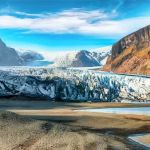 Best Travel Clans for Sustainable Travel
Best Travel Clans for Sustainable Travel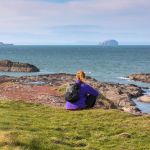 How to Get Involved in Travel Clans for Social Travel: Explore Group Travel Opportunities
How to Get Involved in Travel Clans for Social Travel: Explore Group Travel Opportunities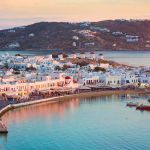 Best Group Vacation Destinations for Friends: Ultimate Travel Ideas
Best Group Vacation Destinations for Friends: Ultimate Travel Ideas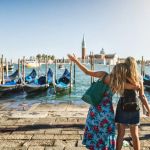 Travel Clans for Solo Travelers Looking for Company: Join Unique Travel Communities
Travel Clans for Solo Travelers Looking for Company: Join Unique Travel Communities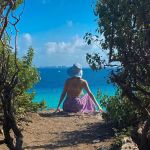 Best Travel Clans for Women Traveling Together
Best Travel Clans for Women Traveling Together